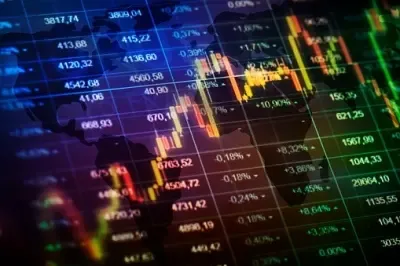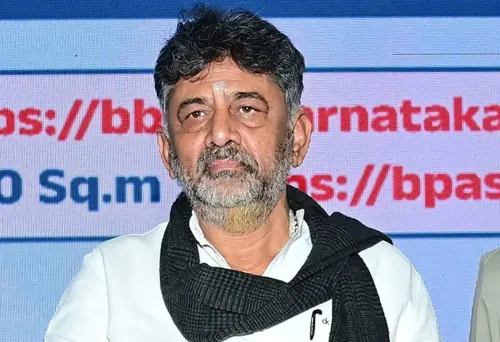How Resilient Are India’s Capital Markets in H1 FY26?

Synopsis
Key Takeaways
- India’s capital markets mobilised Rs 9.7 lakh crore in H1 FY26.
- 122 companies listed their shares on the NSE during this period.
- 55.6 percent of new investors are below the age of 30.
- Uttar Pradesh leads new registrations for the 32nd consecutive month.
- GDP growth for FY26 is projected at 6.8 percent.
Mumbai, Oct 16 (NationPress) Despite the challenges posed by global geopolitical tensions, India’s capital markets have exhibited remarkable resilience during the first half of the current fiscal year (H1 FY26), raising Rs 9.7 lakh crore through equity and debt, reflecting a 13 percent year-on-year (YoY)
In its latest market pulse report, the NSE noted that equity fundraising for this period totaled Rs 2 lakh crore, which includes Rs 64,363 crore generated from initial public offerings (IPOs).
During H1 FY26, a total of 122 companies — consisting of 54 mainboard and 68 SME — successfully listed their shares on the exchanges, contributing Rs 4.1 lakh crore to market capitalization.
Moreover, the NSE reported that its registered investor base surpassed 12 crore by September 22, with 1 crore new investors joining in just eight months.
While participation has increased, women account for roughly 25 percent of investors. The report also highlighted that 55.6 percent of new investors are under 30 years old, indicating a significant role of young adults in driving market growth.
Uttar Pradesh has maintained its position as the leader in new registrations for the 32nd consecutive month, bringing the total client accounts on the NSE to 23.7 crore.
Investor activity has also seen an uptick, with 1.19 crore individuals participating in cash equities in September. Retail involvement in derivatives climbed to 33.6 lakh, with 77 percent also engaged in cash equities.
However, market turnover remains highly concentrated; the top 0.2 percent of investors are responsible for 77 percent of equity cash turnover, while the top 0.3 percent of options traders account for 69 percent of premium turnover.
The NSE represents a combined market capitalization of Rs 5.05 trillion, making it the world’s largest derivatives exchange and the third largest in equities by trading volume.
Additionally, economic growth during the first six months of FY26 has proven resilient, with the RBI projecting a GDP growth of 6.8 percent for FY26 and inflation expected to moderate to 2.6 percent.
The monsoon season concluded with a surplus, marking the fifth-highest levels since 2001, which bodes well for rural demand. While global uncertainties persist, geopolitical risks have somewhat diminished.









